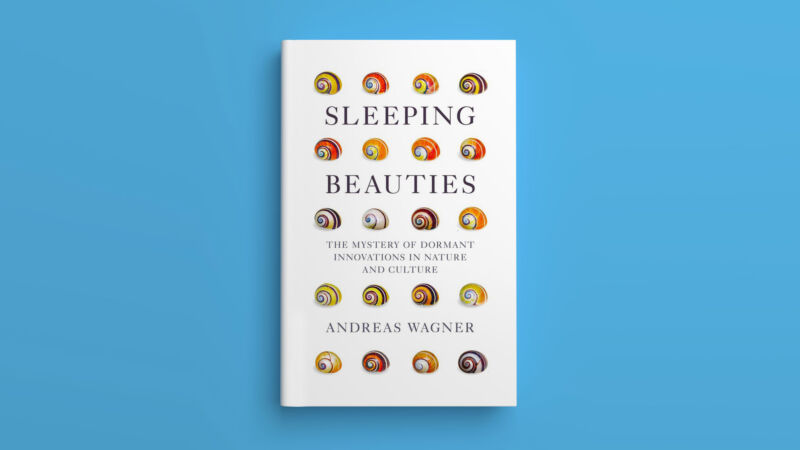
Enlarge / Mock-up of Sleeping Beauties book cover. (credit: Simon & Schuster)
Andreas Wagner is interested in evolution, that of molecules, species, and ideas. He’s a biochemist at the Institute of Evolutionary Biology and Environmental Studies at the University of Zürich, so he knows that the engine of evolution is random mutations in DNA. But he also knows that these occur all the time. He is interested in deeper questions: Which mutations succeed, and why? In his newest book, Sleeping Beauties: The Mystery of Dormant Innovations in Nature and Culture, he argues that “where” and “when” might be more salient questions than “why.”
Innovation comes easily
Genetic mutations constantly churn out molecular changes. “Innovation is not precious and rare, but frequent and cheap,” is how he puts it. Wagner says that most of these mutations are ultimately detrimental to the organism that harbors them; a few are beneficial, and many are neutral. But some of these neutral ones may become beneficial millions of years hence, when conditions change. These are the sleeping beauties of the title, just lying there, unknowingly waiting to be awoken by a kiss from Prince Charming.
Mammals had all of the genetic requisites to thrive in place for a hundred million years before we did so; we just didn’t get the opportunity to take over the planet until the dinosaurs were wiped out, the Earth warmed up, and flowering plants diversified. Grasses didn’t immediately become the dominant species blanketing the Earth, and ants didn’t instantly radiate into 11,000 different species; it took 40 million years after each burst onto the scene for them to flourish, although each had the biochemical tools to do so for all that time. And bacteria resistant to synthetic antibiotics existed millions of years ago—possibly even before humans did—but this trait didn’t benefit them (and threaten us) until we started throwing those antibiotics at them last century.
No comments:
Post a Comment